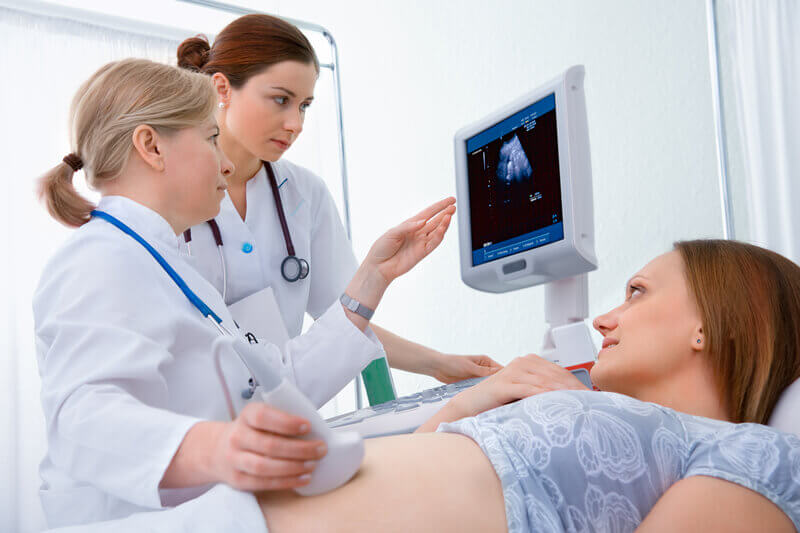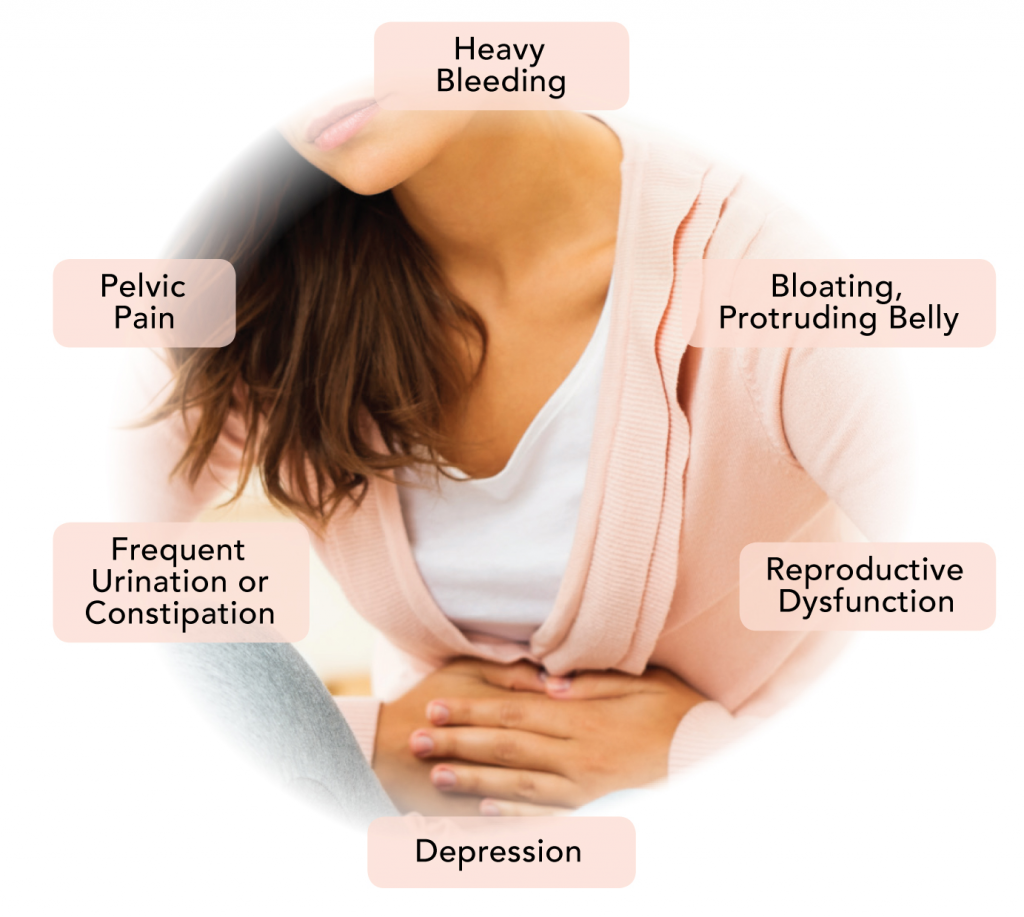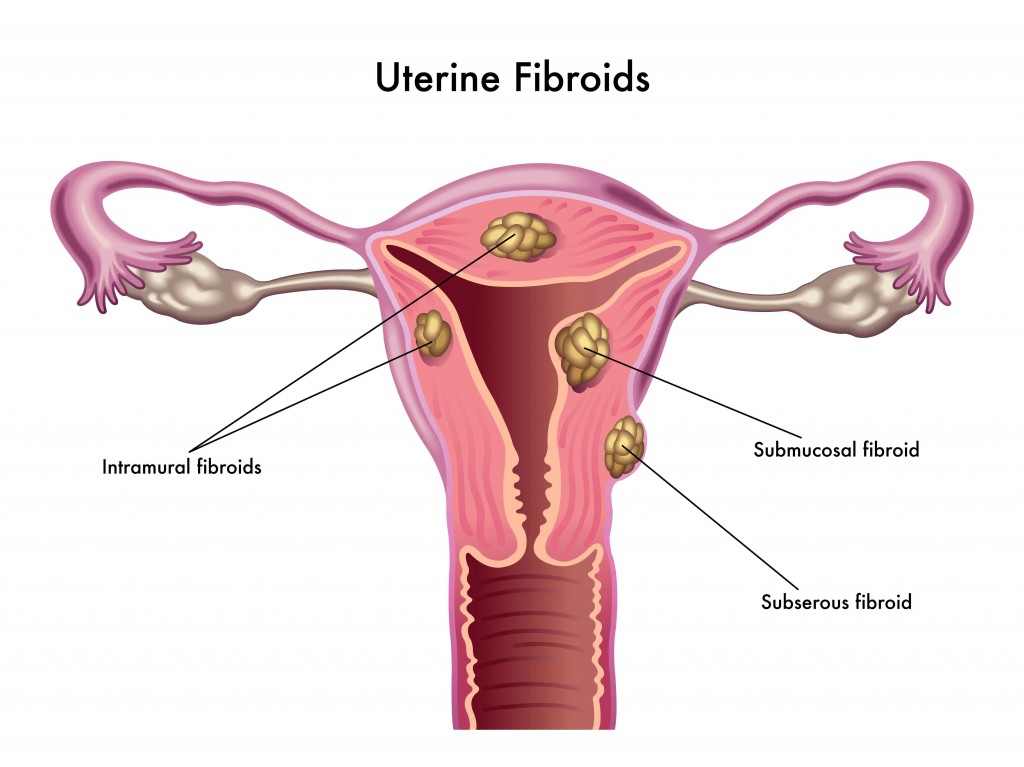
Most probably the first woman who realises that she has fibroid is in her initial routine ultrasound. And that’s because the fibroids don’t exhibit any symptoms. More than 70% women have them; it is quite common. The main problem is symptoms in the mom including fever, vomiting, occasionally elevations of the white blood cells, nausea and pain. Fibroids do not pose a problem in most cases, but there are certain situations they do. You may run into complications depending on the size of the fibroid and where it is within your uterus.
From the fibroids presence, some women will experience certain effects. Symptoms of fibroids cover:
Since the growth of Fibroids is driven by the hormones oestrogen and progesterone, Fibroids larger than 2 inches are more likely to increase in size during pregnancy. If the growth is speedy, there is a chance that the central portion of the fibroid can deteriorate, and this can lead to pain. In order to accommodate the growing foetus, the hormones in your body cause your uterus to grow and enlarge during pregnancy. The inrush of these hormones may also induce the fibroids to grow. The fibroids grow beyond its own blood supply. The fibroids may experience either white degeneration or red degeneration. If it is the red degeneration, it gets bleed into itself. Whereas with white degeneration, portion undergoes cell death and turn cystic. These can both lead to temporary mild to severe abdominal pain which is normally controlled by over the counter medication.

You can have a torsion of the stalk, and that can cause pretty severe pain during pregnancy when a fibroid is growing outside the uterus on a stalk. Normally, doctors treat the pain using acetaminophen. And if that fails, they might prescribe a short course of NSAIDs or narcotics like ibuprofen. Hence the use of these types of medications later in the third trimester has been linked to developmental defects; the NSAIDs should only be used before 32 weeks gestation. For intravenous pain control, the patients need to be hospitalised very rarely.

There may be a slightly increased risk of miscarriage and bleeding depending on where the fibroid is in the uterus. If the fibroid is submucosal or grown into the uterine cavity, it could hinder normal implantation of the pregnancy or may interrupt the growth of the placenta.
There are basically three main concerns in late pregnancy. Preterm labour is the first one, and its chances are high if the fibroid is huge or if there are more than one fibroid. In the second case, the placental abruption or say the abnormal interruption of the placenta can happen if the fibroid grows out into the place where the placenta is joined. Finally, restrictions are possible in case of foetus growth, but the studies have not indicated that it isn’t any more likely with the fibroids than without them. It can affect the blood supply to the foetus if the fibroid is located right by the placenta. In the worst case, the baby might be born on the small side, and there could be other possibilities including problems maintaining body temperature and weight, difficulty breathing. And the doctors may need to deliver sooner rather than later if the blood supply is severely compromised and there’s a drop in weight.
Baby’s position adversely affected: The orientation and location of the fibroid can effect the baby. The baby can end up in either a transverse or breech position or hindering the growth of labour or expulsion of the placenta. And that may call for a C-section.
The fibroid can make vaginal delivery impossible: It can obstruct delivery if the fibroid is in a lower part of the uterus near the cervix. Well, in that case, a C-section is needed. Hysterectomy may be needed for fibroid: In order for the obstetrician to close the uterus up, sometimes the fibroid will need to be removed. The situation is rarely seen, but due to them, at the time of the C-section delivery, there is a slightly increased risk of hysterectomy. Normally while performing the C-section due to the complication from the fibroid, the doctor will not be removing the fibroids as the risk of excessive bleeding is too high. And your uterus will recover as your uterus shrink.
Fibroids which are painful are treated with ice packs, pain medication and bed rest to soothe any pain or cramping related to fibroids. As it can lead to redundant menstrual bleeding, which causes anaemia, in which case an iron supplement is advised.
It is the most powerful creation to have life growing inside of you.There is no bigger gift